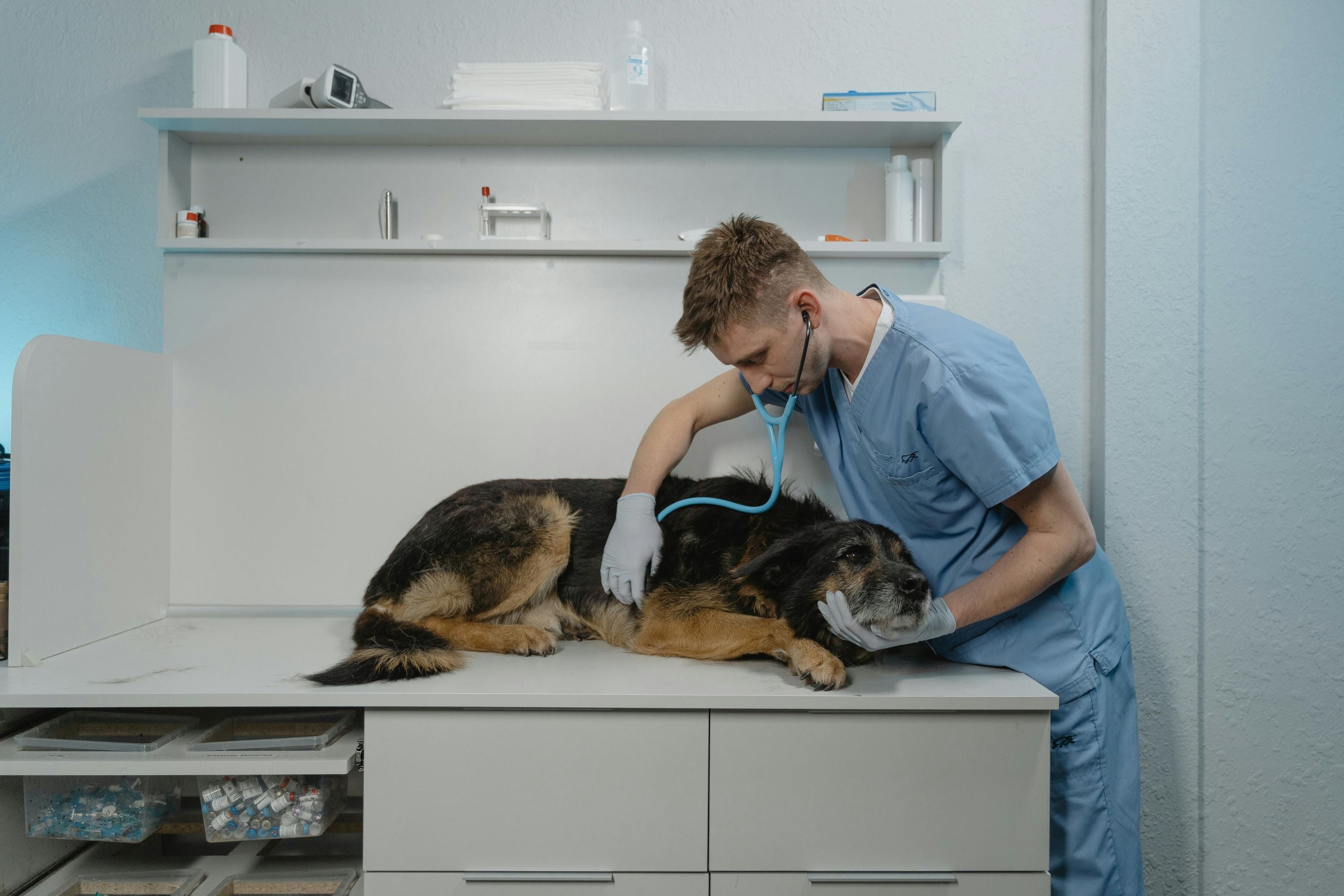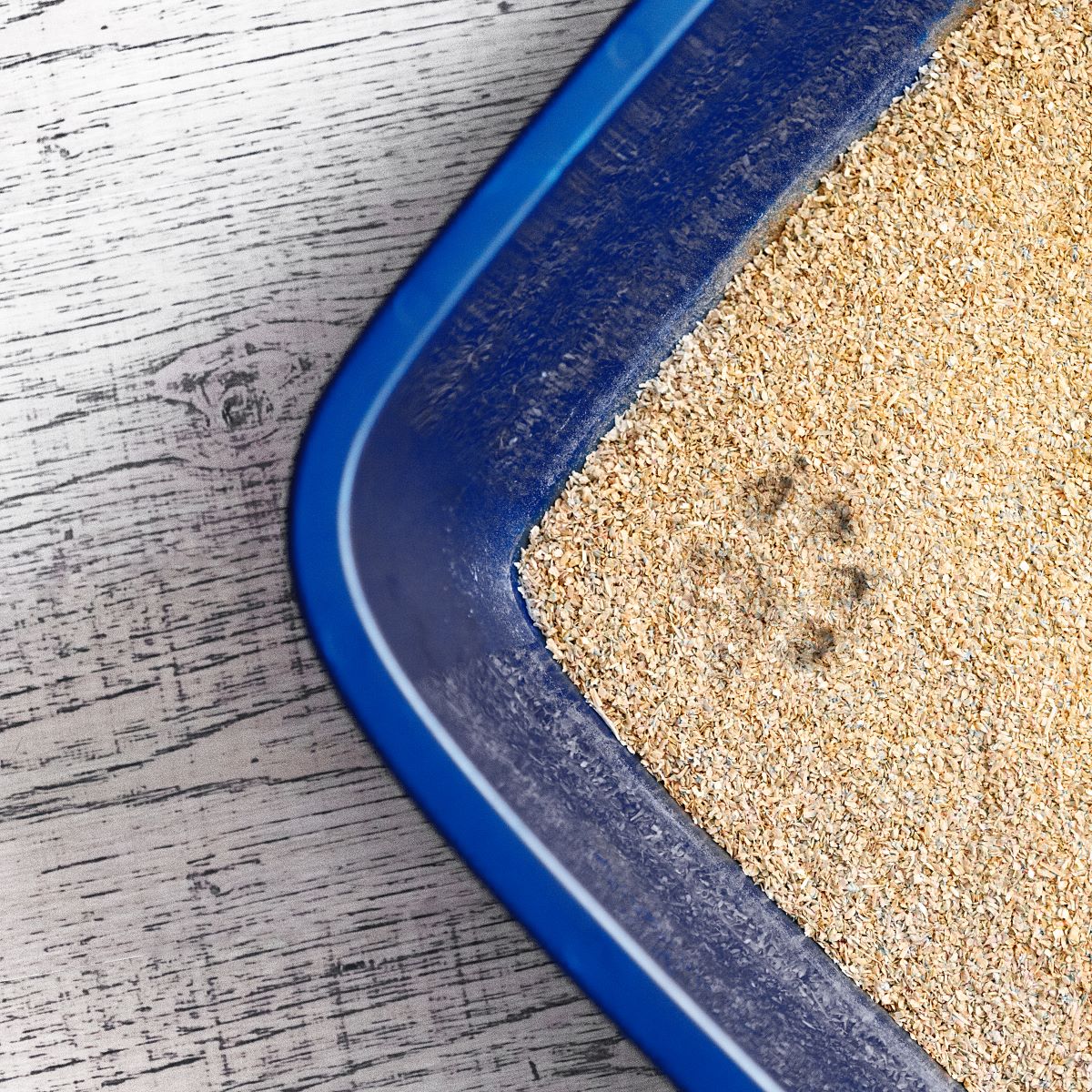
The Top 5 Dangerous Dog Diseases That Require Quick Vet Intervention
Dogs are precious companions, known for their faithfulness and playful qualities, but like humans, they can fall victim to serious diseases. Some of these infections can cause immense pain, despair, and even fatal complications if not treated timely.
According to Statista, 65 million homes have at least one pet dog. Dogs are the most typical type of pets found in the US, and some canine diseases are more common than others. As responsible pet owners, recognizing the indications of the dog’s disease and acting quickly can make all the contribution to their recovery.
In this article, we will explore the top five dangerous dog diseases that require immediate veterinary intervention to keep your pet safe and healthy.
1. Distemper
Distemper is a highly contagious and potentially fatal viral disease that impacts a dog’s respiratory system, gut, and nervous systems. Canine distemper virus (CDV) is the cause of this disease, spreading primarily through close contact with infected animals, especially via respiratory droplets.
It is usually transmitted through airborne vulnerability, such as sneezing or coughing from an infected animal, and through shared meals or water bowls. Although less common, transmission can also occur through exposure to urine or feces when the dog is a year old and not properly vaccinated.
Last year, in August 2023, the Austin Animal Center suddenly saw 39 positive cases of ‘Distemper’ in dogs out of 94 tested. The tested animals were less than a year old and were still not vaccinated. While the virus doesn't survive long in the environment, there is still a risk of contamination through shared items like food bowls and toys.
Symptoms include fever, nausea & vomiting, diarrhea, coughing, and seizures. If your dog shows signs of distemper, immediate veterinary care is essential. Visit a 24-hour animal hospital in Austin for urgent treatment and supportive care if you find your dog in a similar situation.
According to Violet Crown Veterinary Specialists, dogs must be treated with gold-standard veterinary care. It refers to the highest level of veterinary services, following the most advanced, evidence-based medical practices. It ensures that dogs receive top-quality treatment, from diagnostics to surgery, improving their chances of recovery and long-term health.
Are certain breeds more susceptible to distemper?
No specific dog breeds are more susceptible to distemper, but puppies and unvaccinated dogs are at a higher risk of contracting the disease. Vaccination is the best defense against distemper, regardless of breed.
2. Parvovirus
Parvovirus is a highly communicable viral disease in dogs, primarily caused by the canine parvovirus (CPV-2). According to the AVMA, there are different strains of this virus, but all produce similar symptoms. Collectively, the disease caused by all the strains is known as “Parvo”. It mainly transmits via direct contact with a sick dog or infected surfaces.
It usually attacks young puppies aged between 6-20 weeks and unvaccinated dogs. Certain breeds like Rottweilers, Doberman Pinschers, and Pit Bulls are more vulnerable.
Parvovirus targets the gastrointestinal tract, causing fierce vomiting, diarrhea, and dehydration. Treatment involves immediate hospitalization, supportive care, and aggressive fluid therapy to combat the virus and its effects.
Can parvovirus be treated at home, or does it always require veterinary intervention?
Parvovirus cannot be effectively treated at home and always requires immediate veterinary intervention. Due to its severe symptoms, like extreme dehydration and vomiting, hospitalization, intensive care, IV fluids, and medications are essential for a dog's survival.
3. Rabies
Rabies is a deadly viral disease caused by the rabies virus, which affects the central nervous system of animals, especially dogs and humans.
According to the CDC Government, although rabies is rare, it is a serious issue in the US. Very few humans die from rabies each year, but around 4 million rabies cases are reported every year. The other animals that might be infected with rabies include bats, skunks, raccoons, foxes, etc.
Rabies virus is generally transferred through the spit of an infected animal, most commonly via bites. Once the virus penetrates the body, it crosses through the nerves to the brain, causing symptoms like aggression, confusion, excessive drooling, and paralysis.
If left untreated, rabies is basically always fatal. The disease can be prevented through vaccination, making it crucial to keep pets' vaccinations up to date. Dog owners must also avoid contact with wild or unvaccinated animals that may carry the virus.
Nearly all cities and states in the U.S. require pets to be vaccinated against rabies. For example, the City of Lakeway mandates that it is illegal to keep a dog or cat in your home without proper immunization. Dog owners must ensure they have a valid document verifying their pet's rabies vaccination, signed by a registered veterinarian.
If rabies symptoms continue, pet owners should promptly visit an emergency vet in Lakeway to seek urgent care, treatment, or immunization for their dog. All veterinarians and vet clinics must be duly licensed to practice by the Texas Board of Veterinary Medical Examiners.
4. Leptospirosis
Leptospirosis is a bacterial illness caused by the Leptospira bacteria, which impacts dogs and other mammals, including humans. It is transmitted through direct contact with polluted water, soil, or urine from affected animals, often wildlife like rats. The bacteria enter the dog's body through mucous membranes or broken skin, targeting organs such as the kidneys and liver.
According to the National Library of Medicine, the most prevalent reservoir host of this bacteria is rodents. They are responsible for causing 30% of Leptospirosis infections in dogs. In some regions, 80% of cases happen due to rodents.
Common indications are fever, diarrhea, vomiting, muscle inflammation, and jaundice. If left unattended, leptospirosis can cause organ collapse and death. Early diagnosis and antibiotic treatment are crucial for recovery, and prevention includes vaccination and avoiding areas prone to contamination, like stagnant water sources.
What preventive actions can I take to protect my dog from leptospirosis?
To protect your dog from leptospirosis, ensure they receive the leptospirosis vaccine as part of their regular vaccinations. Additionally, don’t allow your dog to consume stagnant water or swim in it. Limit their openness to areas where they might come into contact with wildlife or polluted soil.
5. Lyme Disease
Lyme disease is a bacterial illness in dogs caused by Borrelia burgdorferi. It is transmitted through bites from infected black-legged ticks, often referred to as deer ticks. Once infected, dogs may show symptoms like fever, lethargy, joint pain, swollen lymph nodes, and loss of appetite. However, according to AVMA, these symptoms are visible after 2-5 months of infection.
If left untreated, Lyme disease can cause kidney damage, nervous system issues, and chronic joint inflammation. Early diagnosis and antibiotic remedies are essential for managing the disease. Preventive actions include using tick control products, regularly checking your dog for ticks, and avoiding tick-infested spots, especially during peak tick season.
Prioritizing Your Dog's Health
Ensuring your dog’s well-being means staying informed about serious diseases like distemper, parvovirus, rabies, leptospirosis, and Lyme disease. Early diagnosis and prompt veterinary care are crucial for managing these conditions and preventing long-term complications. Regular vaccinations, preventive measures, and checkups are essential steps in keeping your dog safe and healthy.
By being proactive, you can enormously reduce the risks and ensure a longer, happier life for your beloved pet.











 email us
email us